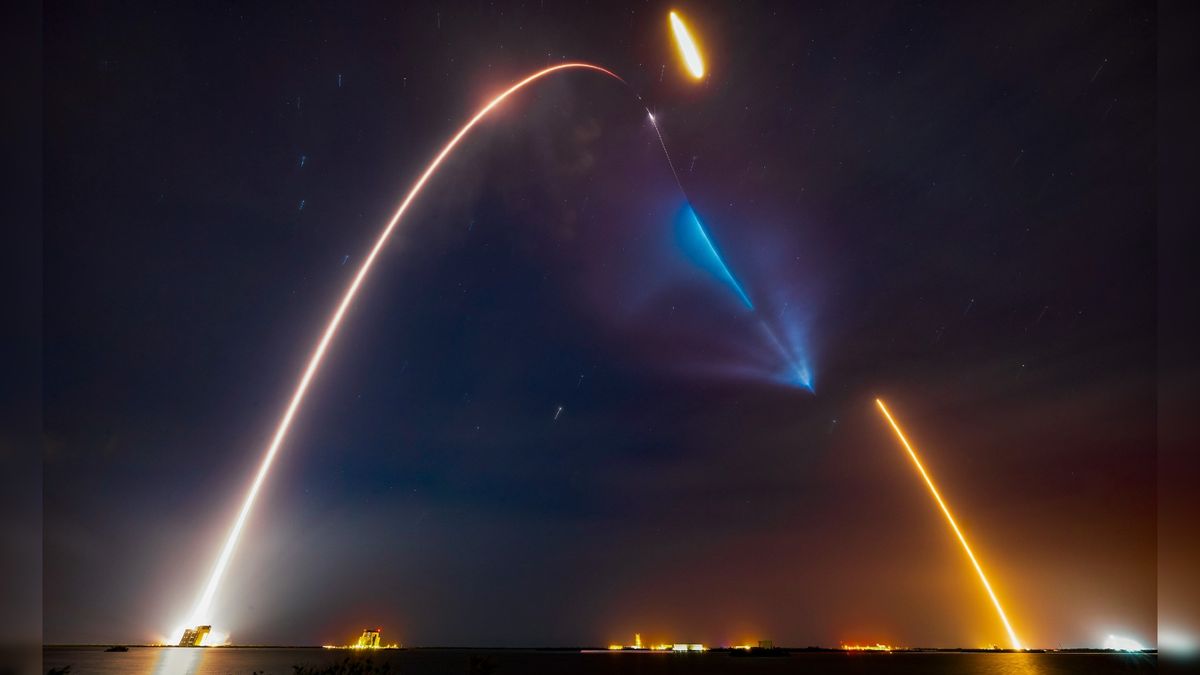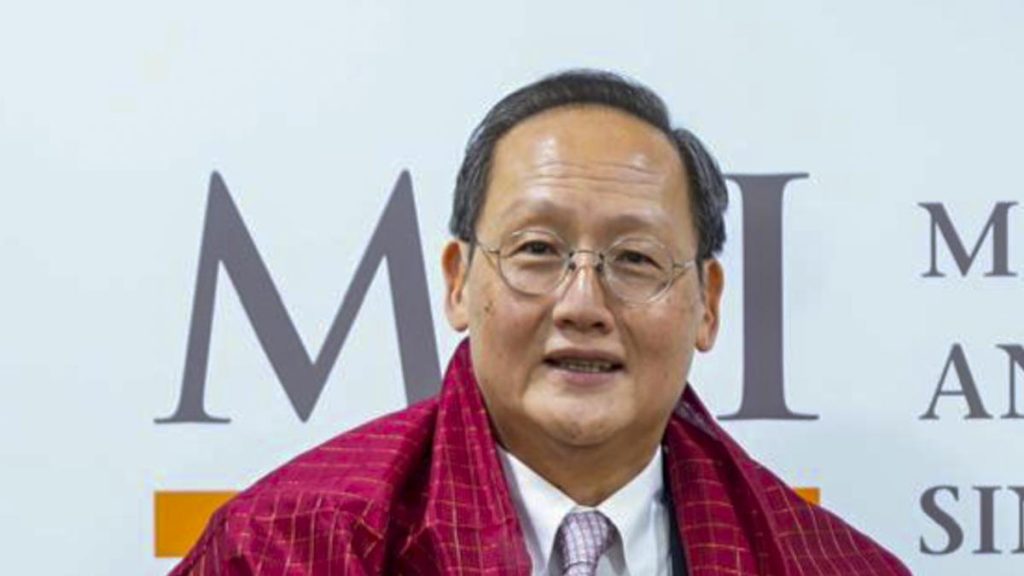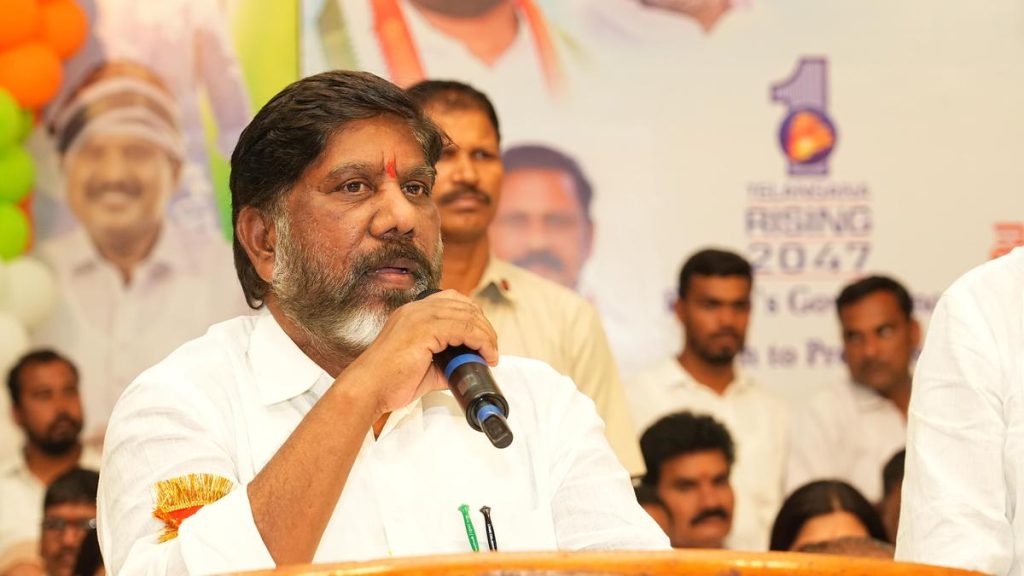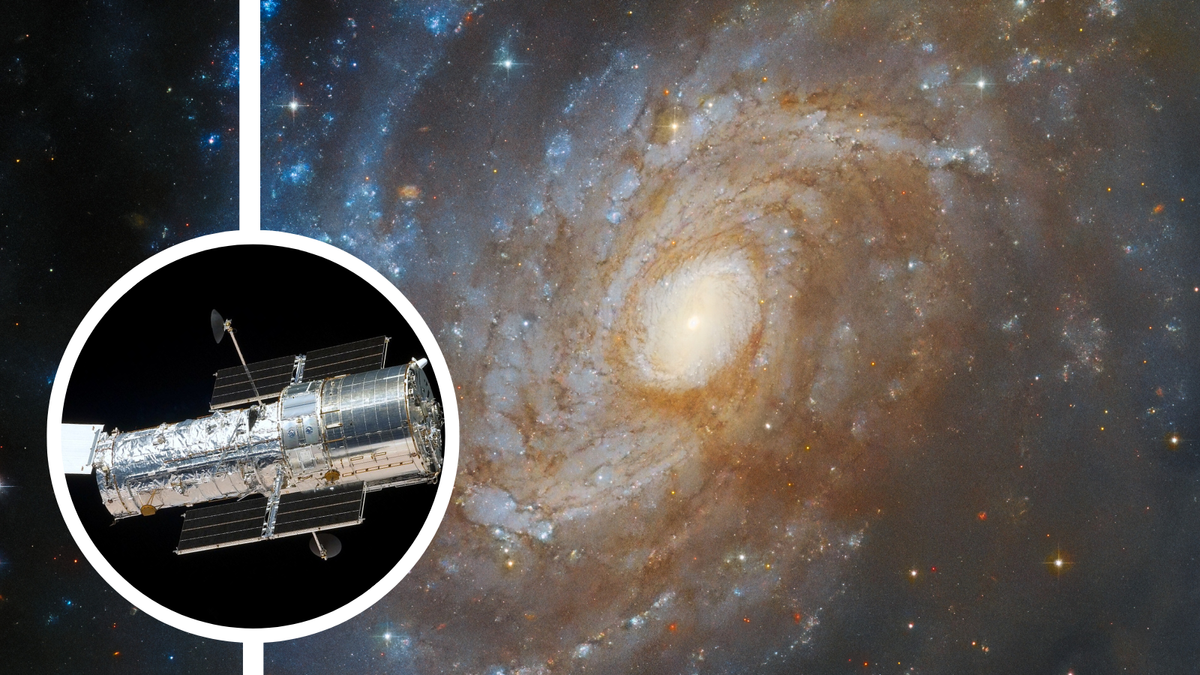Now Reading: South Korea Launches 4th Spy Satellite via SpaceX Rideshare
-
01
South Korea Launches 4th Spy Satellite via SpaceX Rideshare
South Korea Launches 4th Spy Satellite via SpaceX Rideshare

Rapid Summary:
- South Korea launched its fourth homegrown spy satellite,425Sat-3,on April 21 via a spacex falcon 9 rocket as part of the Bandwagon-3 rideshare mission.
- The satellite is equipped with synthetic aperture radar (SAR) technology,enabling high-resolution Earth imagery under various conditions,including nighttime and cloudy whether.
- South Korea’s Ministry of National Defense stated this advancement will enhance surveillance and reconnaissance capabilities against North Korea and strengthen “kill chain abilities” for timely observation and targeting of military activities.
- This launch follows a tense regional dynamic where both North and South Korea have been increasing their satellite deployments. North Korea successfully launched its first spy satellite in November 2023 but experienced subsequent failures.
- Once complete, South Korea’s planned five-satellite constellation will enable surveillance of North Korean territory every two hours (source: Yonhap News).
- south Korea has already launched satellites using its domestic Nuri rocket while preparing for future launches with the more capable KSLV-III rocket.its new space agency aims to advance long-term ambitions like a Mars landing by 2045.
Indian Opinion Analysis:
South Korea’s ongoing efforts to expand its space-based military surveillance signals an evolution in regional security strategies amid lingering geopolitical tensions on the Korean Peninsula. For india, this highlights broader trends among nations seeking indigenous satellite capabilities for defense purposes-a pathway India has strongly pursued with initiatives like RISAT series satellites for Earth observation.
The advancement in synthetic aperture radar further underscores global competition over technologies that improve intelligence gathering irrespective of environmental constraints. India’s comparable focus could serve strategic interests given border concerns or tracking adversarial developments.
Regional rivalries exemplified by the korean scenario may prompt other countries to re-evaluate their defense priorities in similar contested regions. While India’s direct involvement remains absent in this specific context,monitoring such shifts reveals shared patterns that profoundly affect international defense postures-or inspire collaboration around innovation-led peaceful applications of advanced aerospace platforms.

























